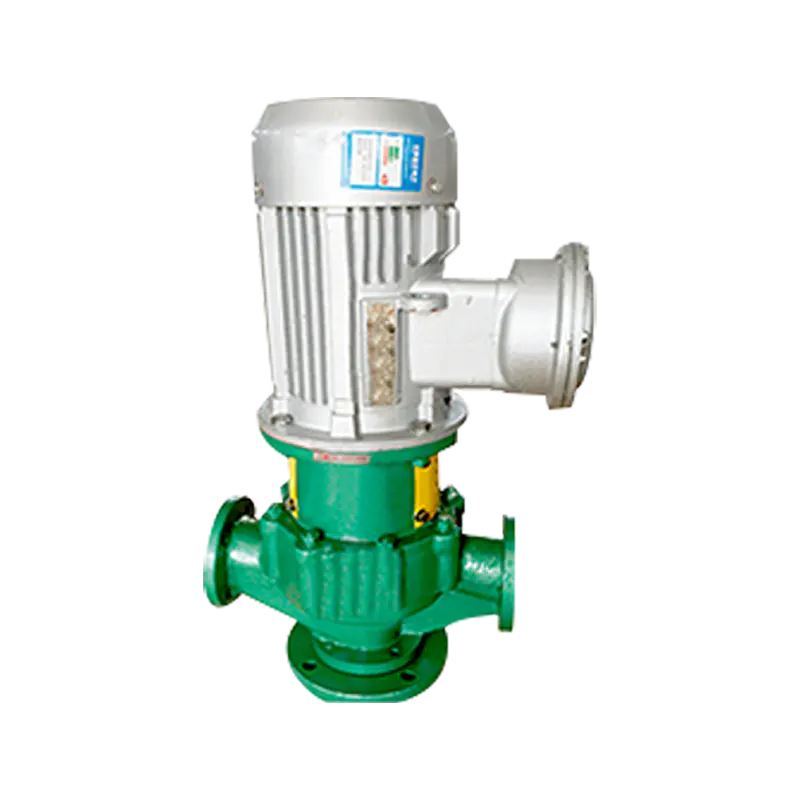Magnetic water pumps, often referred to as magnetic drive pumps or mag-drive pumps, represent a significant advancement in fluid handling technology. Unlike conventional pumps that utilize a direct mechanical seal between the motor and the pump head, magnetic pumps employ a clever magnetic coupling to transmit torque. This innovative design offers numerous advantages, particularly in applications where leak prevention, chemical compatibility, and durability are paramount.
The Core Principle: Magnetic Coupling
At the heart of a magnetic water pump's operation is the magnetic coupling, which consists of two main components:
-
Outer Magnet Assembly: This assembly is typically attached to the motor shaft and contains a series of powerful permanent magnets arranged in a specific configuration (e.g., a ring).
-
Inner Magnet Assembly: Located within the sealed pump casing, this assembly also contains permanent magnets, mirroring the arrangement of the outer magnets. It is directly connected to the pump's impeller.
When the motor rotates the outer magnet assembly, the magnetic forces between the outer and inner magnets cause the inner magnet assembly, and thus the impeller, to rotate in synchronicity. This magnetic connection allows the motor's power to be transmitted to the impeller without any physical contact or mechanical seal penetrating the pump's fluid containment boundary.
Key Components and Their Roles
To better understand the complete operation, let's look at the other essential components:
-
Motor: Provides the rotational power to drive the outer magnet assembly.
-
Impeller: The rotating component within the pump casing that creates the centrifugal force to move the fluid.
-
Pump Casing (Volute): The stationary housing that directs the flow of water as it exits the impeller and guides it towards the discharge port.
-
Containment Shell (Can): A non-magnetic, corrosion-resistant barrier (often made of materials like stainless steel, Hastelloy, or engineered plastics) that separates the inner magnet assembly and the pumped fluid from the outer magnet assembly and the motor. This shell is crucial for preventing leaks.
-
Bearings: High-performance, often self-lubricating, bearings (e.g., silicon carbide, carbon, ceramic) support the impeller shaft within the containment shell, allowing for smooth and efficient rotation. These bearings are typically lubricated by the pumped fluid itself.
-
Shaft: Connects the inner magnet assembly to the impeller.
The Operational Flow
-
Motor Engagement: The electric motor starts, rotating the outer magnet assembly.
-
Magnetic Transmission: The magnetic field generated by the rotating outer magnets penetrates the non-magnetic containment shell and interacts with the inner magnets.
-
Impeller Rotation: The attractive and repulsive forces between the outer and inner magnets cause the inner magnet assembly and the attached impeller to rotate.
-
Fluid Movement: As the impeller spins, its vanes create a low-pressure area at the eye of the impeller, drawing water into the pump. The centrifugal force generated by the rotating impeller then pushes the water outwards towards the pump casing's volute.
-
Discharge: The volute guides the high-velocity water to the discharge port, where it exits the pump under increased pressure.

Advantages of Magnetic Water Pumps
The magnetic drive design offers several compelling benefits:
-
Zero Leakage: This is the most significant advantage. The absence of a dynamic mechanical seal eliminates common leak paths, making magnetic pumps ideal for handling hazardous, corrosive, expensive, or environmentally sensitive fluids.
-
Enhanced Safety: By preventing leaks, mag-drive pumps significantly reduce the risk of exposure to dangerous chemicals and minimize environmental contamination.
-
Reduced Maintenance: Without mechanical seals to wear out, replace, or adjust, magnetic pumps typically require less maintenance, leading to lower operational costs and increased uptime.
-
Increased Durability: The isolation of the motor from the pumped fluid protects the motor from corrosion and contamination, extending its lifespan.
-
Cleanliness: For applications requiring high purity, the sealed design prevents external contaminants from entering the fluid stream.
-
Quieter Operation: Often, the lack of rubbing mechanical seals results in quieter operation compared to traditionally sealed pumps.
Limitations and Considerations
While offering numerous advantages, magnetic pumps do have some considerations:
-
Higher Initial Cost: The specialized design and materials often result in a higher upfront investment compared to mechanically sealed pumps.
-
Temperature Limitations: The strength of permanent magnets can be affected by high temperatures, which may limit their use in extremely hot fluid applications unless special high-temperature magnets are used.
-
Vulnerability to Solids: Magnetic pumps are generally less tolerant of abrasive solids in the fluid, as these can damage the internal bearings or the containment shell.
-
Decoupling Risk: If the pump operates against excessive pressure or if there are significant solids in the fluid, the magnetic coupling can "decouple" (slip), leading to a loss of flow.
Applications
Magnetic water pumps are widely used across various industries where reliability and leak-free operation are critical. Common applications include:
-
Chemical Processing: Transferring acids, bases, solvents, and other aggressive chemicals.
-
Pharmaceutical Industry: Pumping sterile and high-purity fluids.
-
Water Treatment: Handling corrosive chemicals like hypochlorite or acids used in treatment processes.
-
Food and Beverage: Pumping hygienic fluids where contamination must be avoided.
-
Semiconductor Manufacturing: Circulating ultra-pure water and process chemicals.
-
HVAC Systems: Circulating water in chiller and heating systems where leak prevention is desired.
In conclusion, magnetic water pumps represent a sophisticated and highly effective solution for fluid transfer, particularly in demanding applications. Their ingenious magnetic coupling eliminates the inherent vulnerabilities of traditional mechanical seals, offering unparalleled leak protection, reduced maintenance, and enhanced safety. As technology continues to advance, the efficiency and versatility of magnetic drive pumps are likely to see even broader adoption across industrial and commercial sectors.
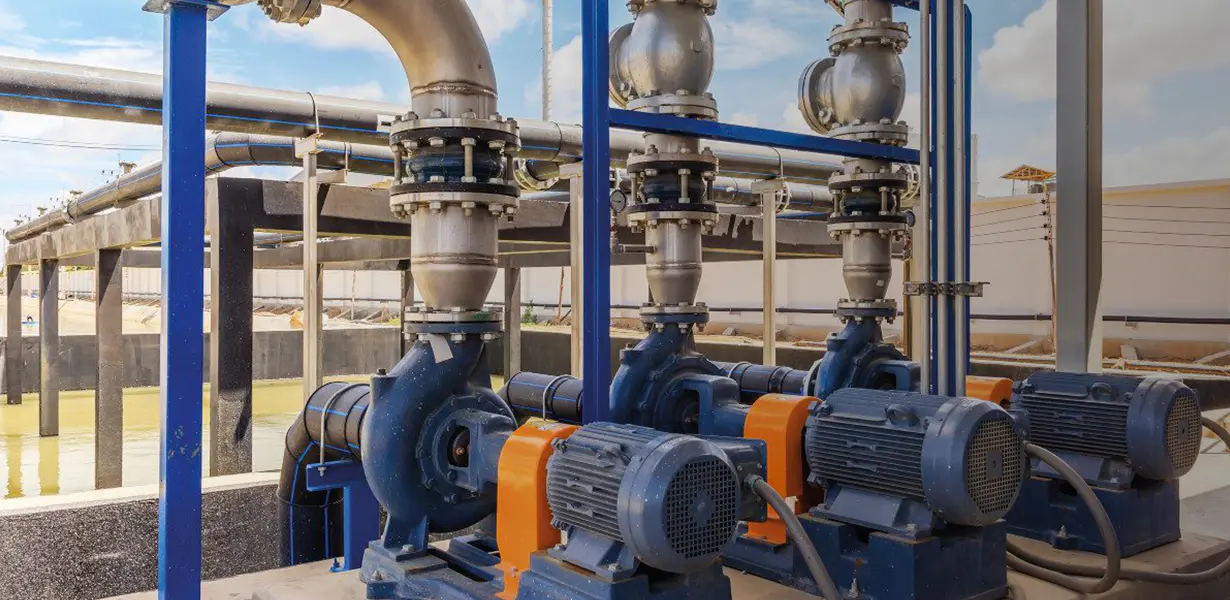
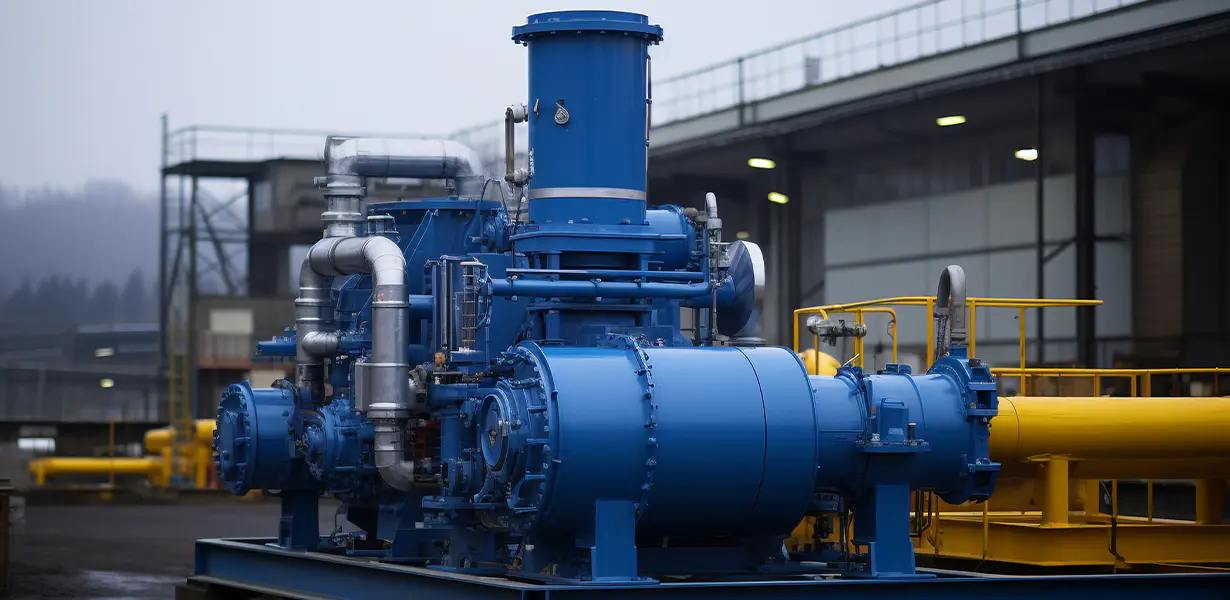
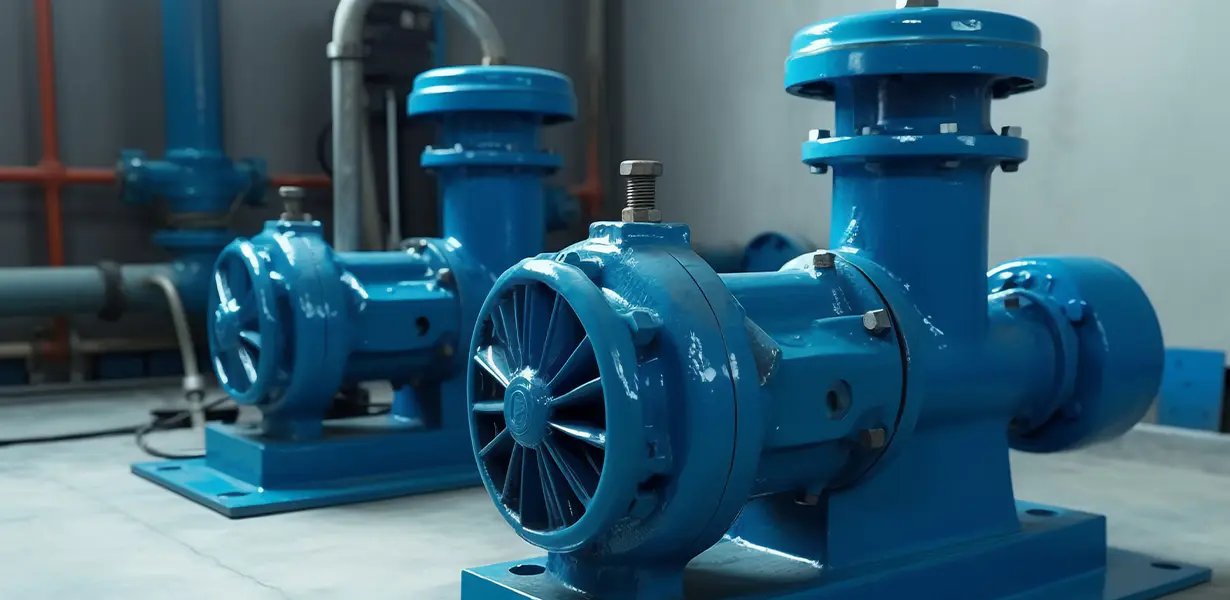
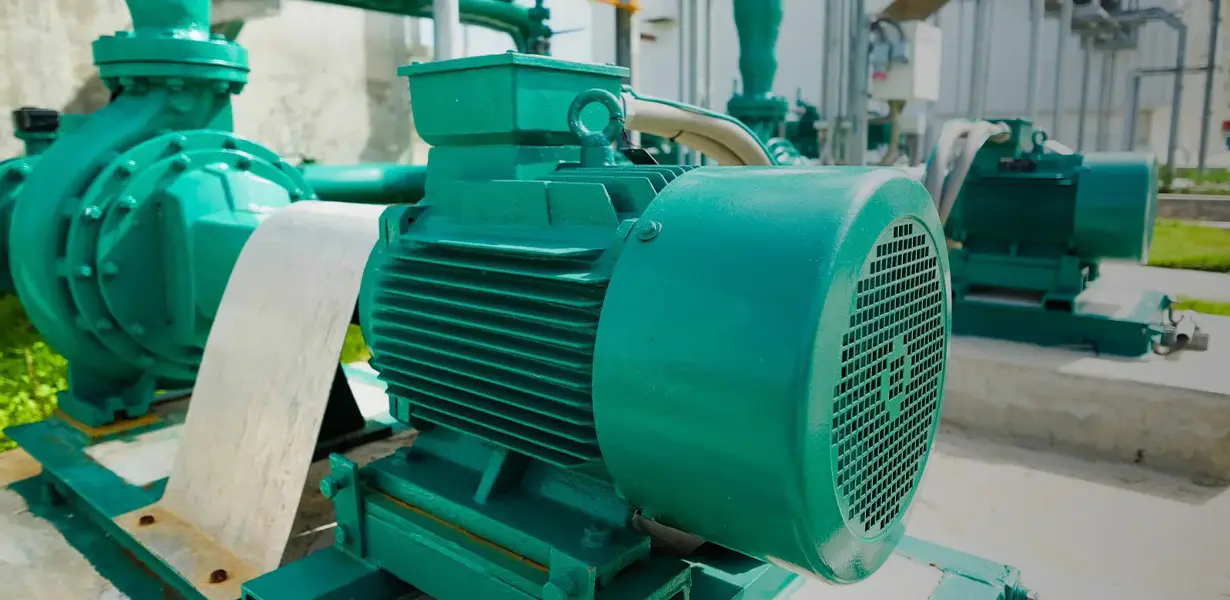
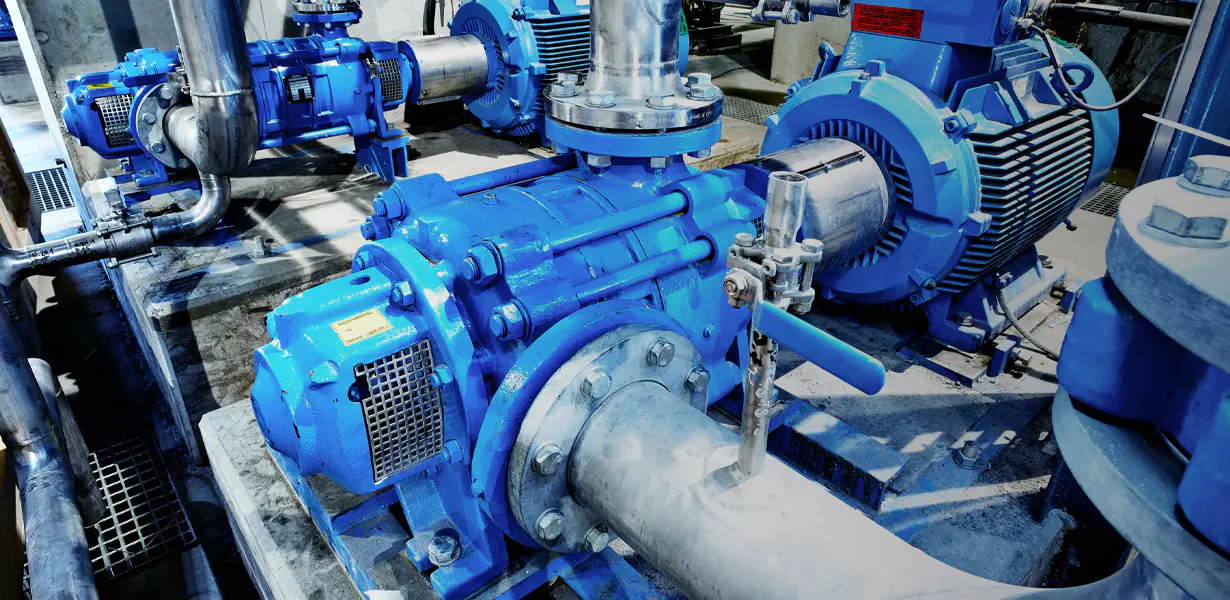
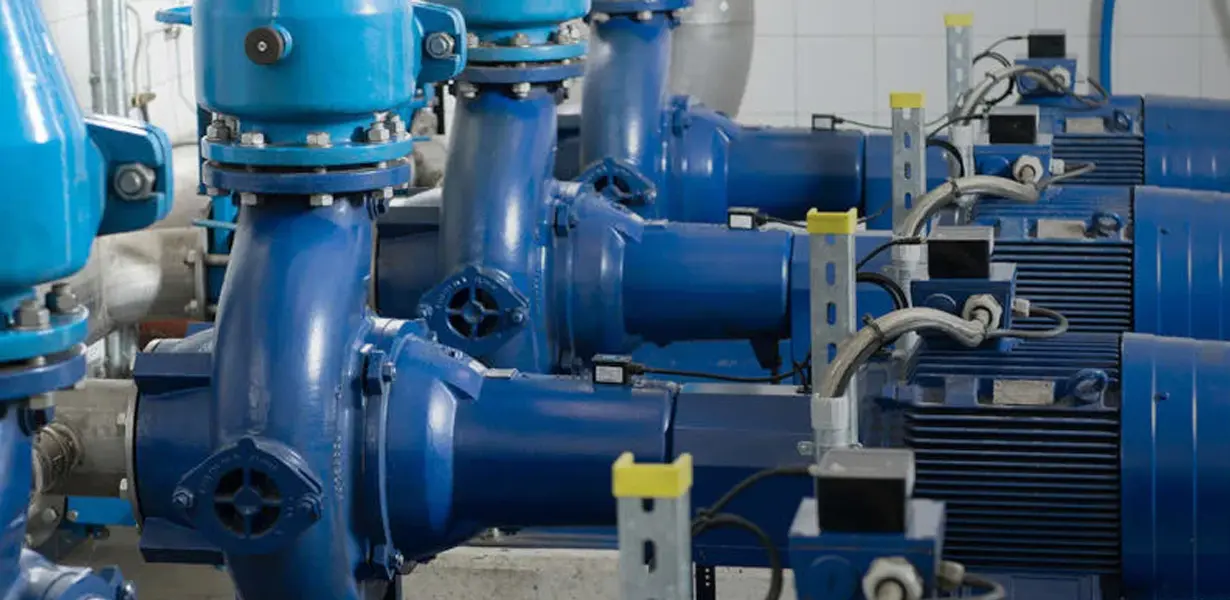


 English
English русский
русский Español
Español Français
Français








